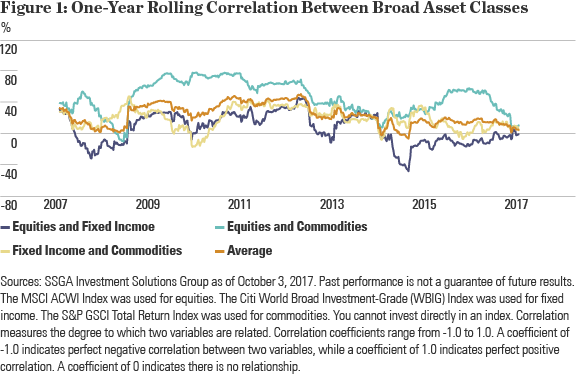[ad_1]
 What to make of the current interest rate environment, and how to navigate it as a fixed-income investor are questions the upcoming Inside Fixed Income & Dividend Investing Summit will attempt to answer. Taking place Nov. 13-14 in Newport Beach, California, the conference will bring together advisors, investors and market experts, including Christian Menegatti, chief investment strategist at Windhaven Investment Management, a division of Charles Schwab Investment Advisory. Here, Menegatti offers us a preview into his perspective on the fixed-income landscape, and what it means for investors.
What to make of the current interest rate environment, and how to navigate it as a fixed-income investor are questions the upcoming Inside Fixed Income & Dividend Investing Summit will attempt to answer. Taking place Nov. 13-14 in Newport Beach, California, the conference will bring together advisors, investors and market experts, including Christian Menegatti, chief investment strategist at Windhaven Investment Management, a division of Charles Schwab Investment Advisory. Here, Menegatti offers us a preview into his perspective on the fixed-income landscape, and what it means for investors.
ETF.com: Fed Chair Powell recently said we’re far from a neutral policy rate. What’s your general view on the interest rate outlook?
Christian Menegatti: Every time we think about an outlook, it’s to be taken with a huge fistful of salt. Measures like “neutral” or Fed fund rates a year from now tend to be goal posts that move as data and policy change.
The outlook, as we see it today, tends to be more about explaining the current environment than knowing what’s going to happen in the future. And I think that being good at recognizing the current environment can get you a long way in investing, especially if you’re a tactical investor.
That said, there’s a simple way to think about the Fed funds rate. If we look at the dot plot, the Fed is telling us that the Fed fund rate will peak around 3.5% and then it will probably have to come down a little bit. Generally, “neutral” is a little bit before that peak; so, somewhere between 3-3.5%.
The market doesn’t share that view. Fed fund futures are projecting a peak for the Fed Funds rate in 2019 at about 3%. If you go by that, then “neutral” would be a little bit lower than that, maybe somewhere between 2.5-3%. The truth about “neutral,” then, is somewhere between, say, 2.8% and 3.3%.
But even without an exact forecast of where neutral is, thinking about where it could be allows us to construct a timeline that’s relevant for markets. If we assume neutral is somewhere between 3-3.5%, and today we’re at 2.25%, that means we have roughly four hikes to get to neutral. At the current pace, we’ll get to neutral at some point toward the end of next year or early 2020.
ETF.com: What happens once we hit neutral?
Menegatti: It’s another assumption, but neutral means the Fed will hike a couple more times to get to restrictive conditions, which would put the peak for Fed fund rate at some point in the first half of 2020.
Now, the market sees through that. That means the market knows that when you get to peak Fed funds rate, you’re at the end of the cycle, and a recession follows at some point in the next couple of quarters. So, the market starts pulling back before the recession happens. That’s why a broad timeline for rates is useful to investors.
ETF.com: Do we need higher rates? Can’t we stay low for longer if things are going well?
Menegatti: I’m sure the Fed is asking itself that question every day. That’s why the pace of hikes is a big assumption. Probably the Fed will be able to get another four rate hikes next year. At the same time, there might be big turns for the worse in data, or maybe all of a sudden inflation picks up. That’s why forecasting is difficult.
Right now, just observing the current environment—unemployment at a four-decade low and inflation hovering around 2%—we’re not too hot, not too cold either, with growth averaging over 3% in the first two quarters. There’s room for the Fed to raise rates.
I don’t know how much more, but the December hike would appear to be a given. I wouldn’t be surprised if they started raising rates in March again. Again, all of this is subject to a lot of things, but right now, yes, they should raise interest rates.
ETF.com: As a tactical investor, are you making portfolio adjustments in your fixed-income side? How are you investing for this?
Menegatti: Without making forecasts, we’ve thought over the past couple years that the economy was in good shape, and therefore, slowly or quickly, rates would have been moving up. So, we thought the way to be positioned in fixed income was to be short duration compared to whichever benchmark you’re using, and long credit.
That’s worked very well, because the economy has continued to be in good shape. High-yield credit has also been relatively stable, and we felt we were getting paid for the risk we were taking, and maybe still are.
We believe taking shorter duration and credit exposure has been the way to deal with this rising interest rate environment while the economy remained strong.
[ad_2]
Source link

